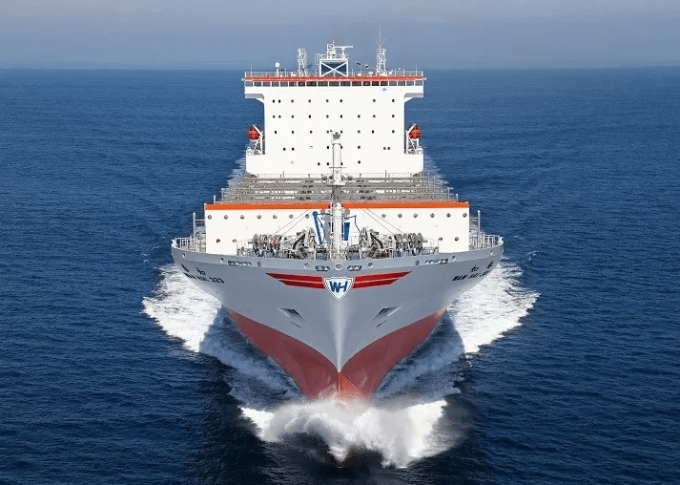Ups and downs on intra-Europe trades, with ONE doubling market share
Ocean Network Express (ONE) has more than doubled its market share on intra-European trades over ...

Taiwanese carrier Wan Hai could be turning the corner in its quest to return to profitability, reporting a 21% year-on-year growth in revenue last month.
This will boost the carrier’s chances of joining THE Alliance east-west vessel sharing agreement as a replacement for the departing Hapag-Lloyd.
Whether that cooperation will also include Asia-Europe remains to be seen, given Wan Hai’s previous unhappy relationship with the trade. Its joint Asia to North Europe service with Singapore’s Pacific ...
Trump tariffs see hundreds of cancelled container bookings a day from Asia
'Disastrous' DSV-Schenker merger would 'disrupt European haulage market'
'To ship or not to ship', the question for US importers amid tariff uncertainty
'Chaos after chaos' coming from de minimis changes and more tariffs
List of blanked transpac sailings grows as trade war heats up and demand cools
EC approves DSV takeover of DB Schenker
Shippers in Asia restart ocean shipment bookings – but not from China
Forto 'sharpens commercial priorities' as it lays off one-third of staff
India withdraws access for Bangladesh transhipments, in 'very harmful' decision
'Tariff hell' leaves industries in limbo – 'not a great environment to plan'
IndiGo fleet expansion plan will include a major push to boost cargo volumes
Pre-tariff rush of goods from US to China sees air rates soar, but not for long

Comment on this article